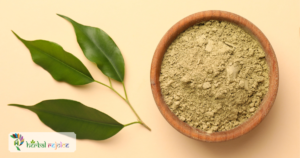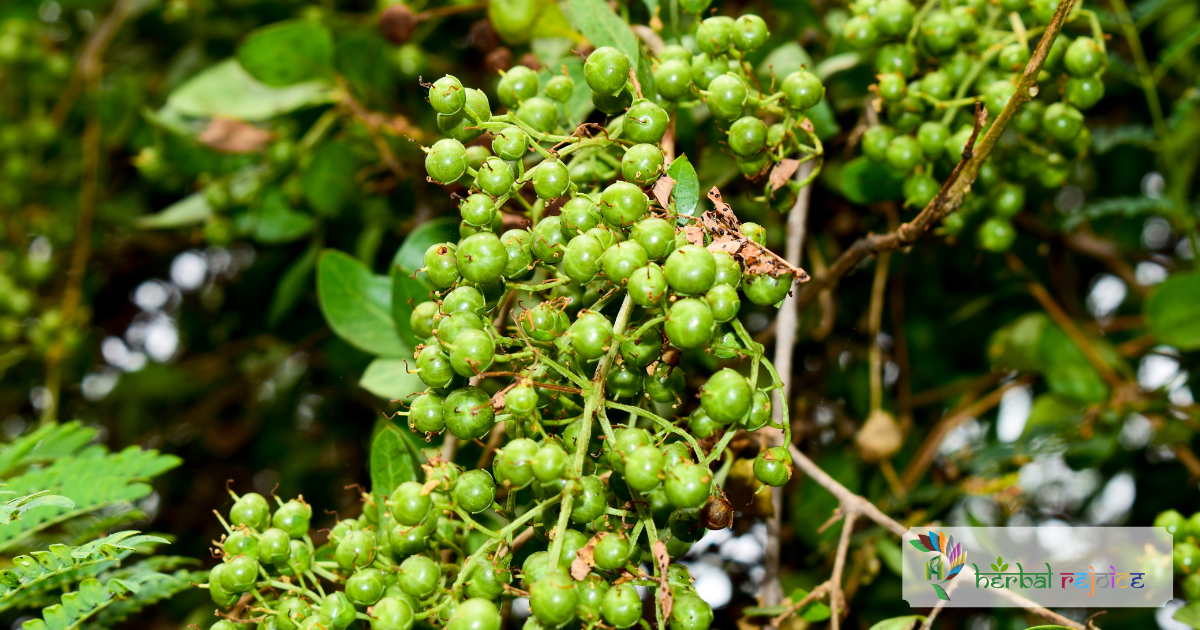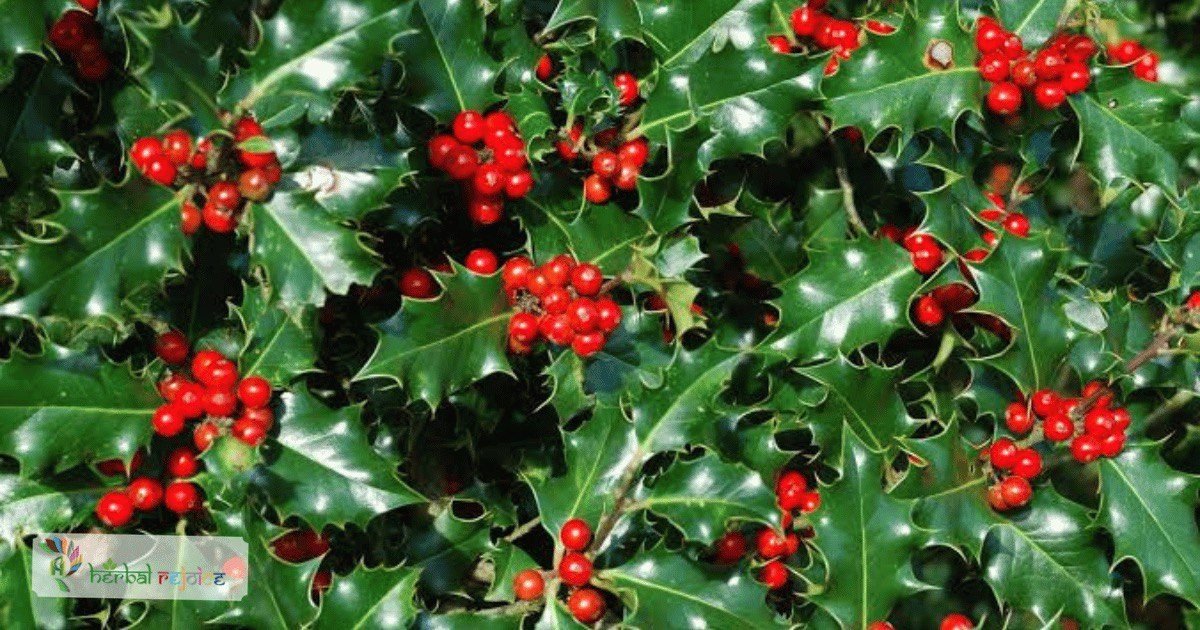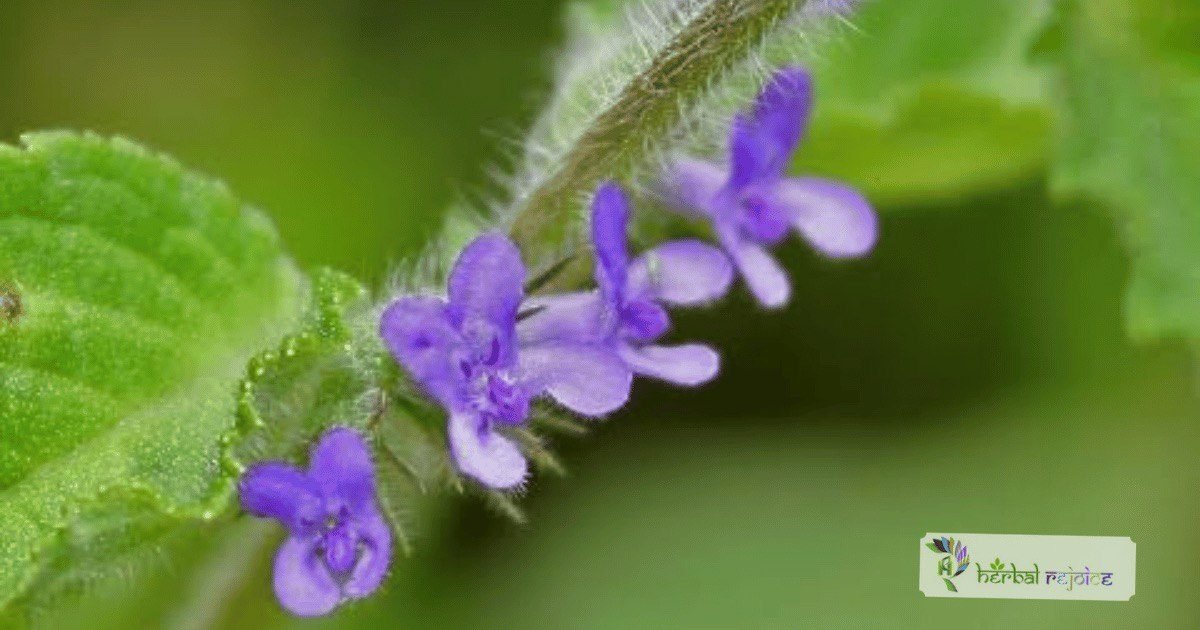Introduction Of Henna
Henna (Lawsonia inermis Linn.), belongs to the family Lythraceae. Henna has been used in various traditional healing systems like Ayurveda, Unani, and Siddha/Tamil for its medicinal properties. Henna decreases growth of tumor, reduce spasms, reduce inflammation and is used to treat skin infections and sickle cell anemia and as a hair conditioner. They are considered to have astringent, antihemorrhagic, antispasmodic, oxytocic, antifertility, antifungal, and antibacterial properties. Externally, Henna leaves are used to treat skin infections such as tinea and also as a hair conditioner.
Henna : More Than Just A Dye

Names and Habitat Of Henna
In Ayurvedic medicine, Henna leaves are known as Madayanti, Madayantikaa, Mendika, Ranjaka.
It is native to Arabia and Persia, but now widely cultivated in regions like Haryana, Gujarat, Madhya Pradesh, and Rajasthan.
Externally, Henna leaves are used to treat skin infections such as tinea and also as a hair conditioner.
Chemical Constituents In Henna
Henna leaves contain important compounds like lawsone, coumarins (laxanthone, I, II, and III), flavonoids, luteolin and its 7-O-glucoside, acacetin-7-O-glucoside, and beta-sitosterol-3-O-glucoside.
Tannins are present in all parts of the plant. The stembark and root, likely due to the presence of isoplumbagin and lawsaritol, exhibit anti-inflammatory activity in experimental studies.
Research has shown that chloroform and ethanol extracts of Henna leaves have promising antibacterial activity against Shigella and Vibrio cholerae.
Applications Of Henna
The Ayurvedic Pharmacopoeia of India recommends the use of Henna leaves in conditions like dysuria, jaundice, bleeding disorders, ulcers, prurigo, and other stubborn skin diseases.
The leaf extract also exhibits antifungal activity against various pathogenic bacteria and fungi. Henna paint is used as a medicinal treatment for hands and feet affected by mycosis.
The antimycotic activity is attributed to lawsone, a naphthoquinone present in Henna. The leaves are also used for treating giddiness and vertigo.
Furthermore, the ethanol-water extract of the stem bark shows hepatoprotective activity against CCl4-induced liver toxicity. In addition, evidence suggests that Henna leaf may have a potential role in reducing the formation of sickled cells in individuals with sickle cell anemia.
Dosage
When it comes to dosage, it is recommended to take 5-10 ml juice of Henna leaves.
Conclusion
In conclusion, Henna (Lawsonia inermis Linn.) is a versatile plant with a wide range of medicinal properties. It has been used in various traditional healing systems for centuries.
The presence of compounds like lawsone, coumarins, flavonoids, and tannins contributes to its therapeutic potential.
From treating skin infections to promoting hair health, Henna offers numerous benefits. However, further research is needed to explore its full potential and validate its traditional uses.
Frequently asked questions(FAQs)
What is Lawsonia inermis commonly known as?
Lawsonia inermis is commonly known as Henna.
Where is Henna native to?
Henna is native to Arabia and Persia.
In which regions is Henna widely cultivated?
Henna is widely cultivated in regions like Haryana, Gujarat, Madhya Pradesh, and Rajasthan.
What family does Henna belong to?
Henna belongs to the family Lythraceae.
What are some of the medicinal properties of Henna according to Ayurvedic medicine?
According to Ayurvedic medicine, Henna is believed to have astringent, antihaemorrhagic, antispasmodic, oxytocic, antifertility, antifungal, and antibacterial properties.
How are Henna leaves used externally?
Externally, Henna leaves are used to treat skin infections such as tinea and also as a hair conditioner.
Which conditions does the Ayurvedic Pharmacopoeia of India recommend the use of Henna leaves for?
The Ayurvedic Pharmacopoeia of India recommends the use of Henna leaves in conditions like dysuria, jaundice, bleeding disorders, ulcers, prurigo, and other stubborn skin diseases.
What compounds are present in Henna leaves?
Henna leaves contain important compounds like lawsone, coumarins (laxanthone, I, II, and III), flavonoids, luteolin and its 7-O-glucoside, acacetin-7-O-glucoside, and beta-sitosterol-3-O-glucoside.
What type of activity has been shown by chloroform and ethanol extracts of Henna leaves?
Chloroform and ethanol extracts of Henna leaves have shown promising antibacterial activity against Shigella and Vibrio cholerae.
What is the antimycotic activity of Henna attributed to?
The antimycotic activity of Henna is attributed to lawsone, a naphthoquinone present in Henna.
How does the ethanol-water extract of the stem bark of Henna show activity?
The ethanol-water extract of the stem bark of Henna shows hepatoprotective activity against CCl4-induced liver toxicity.
What specific activity does the stembark and root of Henna exhibit?
The stembark and root of Henna exhibit anti-inflammatory activity in experimental studies.
What potential role does Henna leaf have in sickle cell anemia?
Evidence suggests that Henna leaf may have a potential role in reducing the formation of sickled cells in individuals with sickle cell anemia.
How much juice of Henna leaves is recommended as a dosage?
A dosage of 5-10 ml juice of Henna leaves is recommended.
How would you describe Henna’s medicinal properties overall?
Henna is a versatile plant with a wide range of medicinal properties.
How long has Henna been used in traditional healing systems?
Henna has been used in traditional healing systems for centuries.
What compounds contribute to Henna’s therapeutic potential?
Compounds like lawsone, coumarins, flavonoids, and tannins contribute to Henna’s therapeutic potential.
What are some of the benefits of using Henna?
Some benefits of using Henna include treating skin infections, promoting hair health, and possible anti-inflammatory and hepatoprotective activities.
What is needed for further exploration of Henna’s potential?
Further research is needed to explore Henna’s full potential and validate its traditional uses.
Is there any evidence of Henna’s promised antibacterial and antifungal activity?
Yes, research has shown that chloroform and ethanol extracts of Henna leaves have promising antibacterial activity against Shigella and Vibrio cholerae, as well as antifungal activity against various pathogenic bacteria and fungi.





